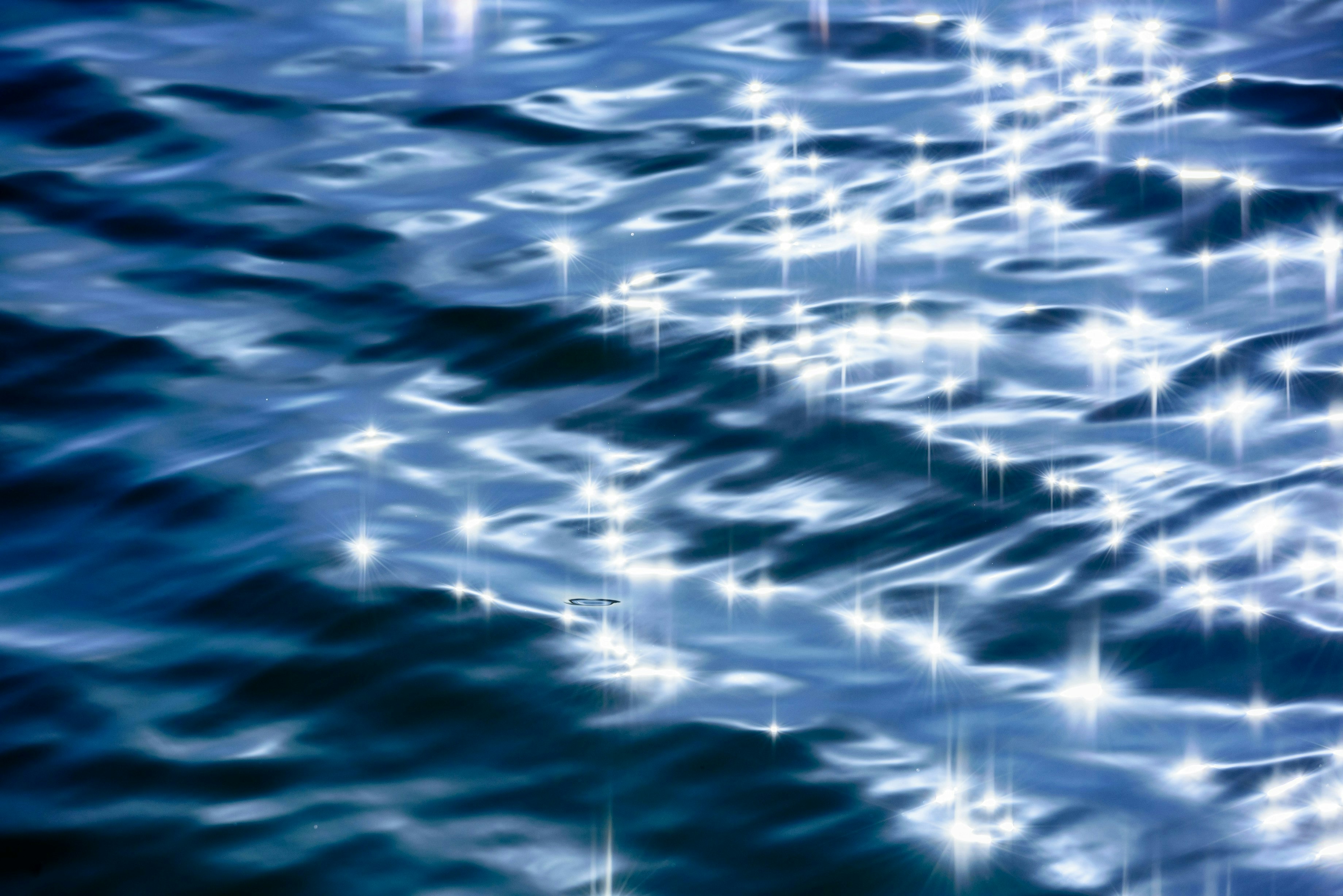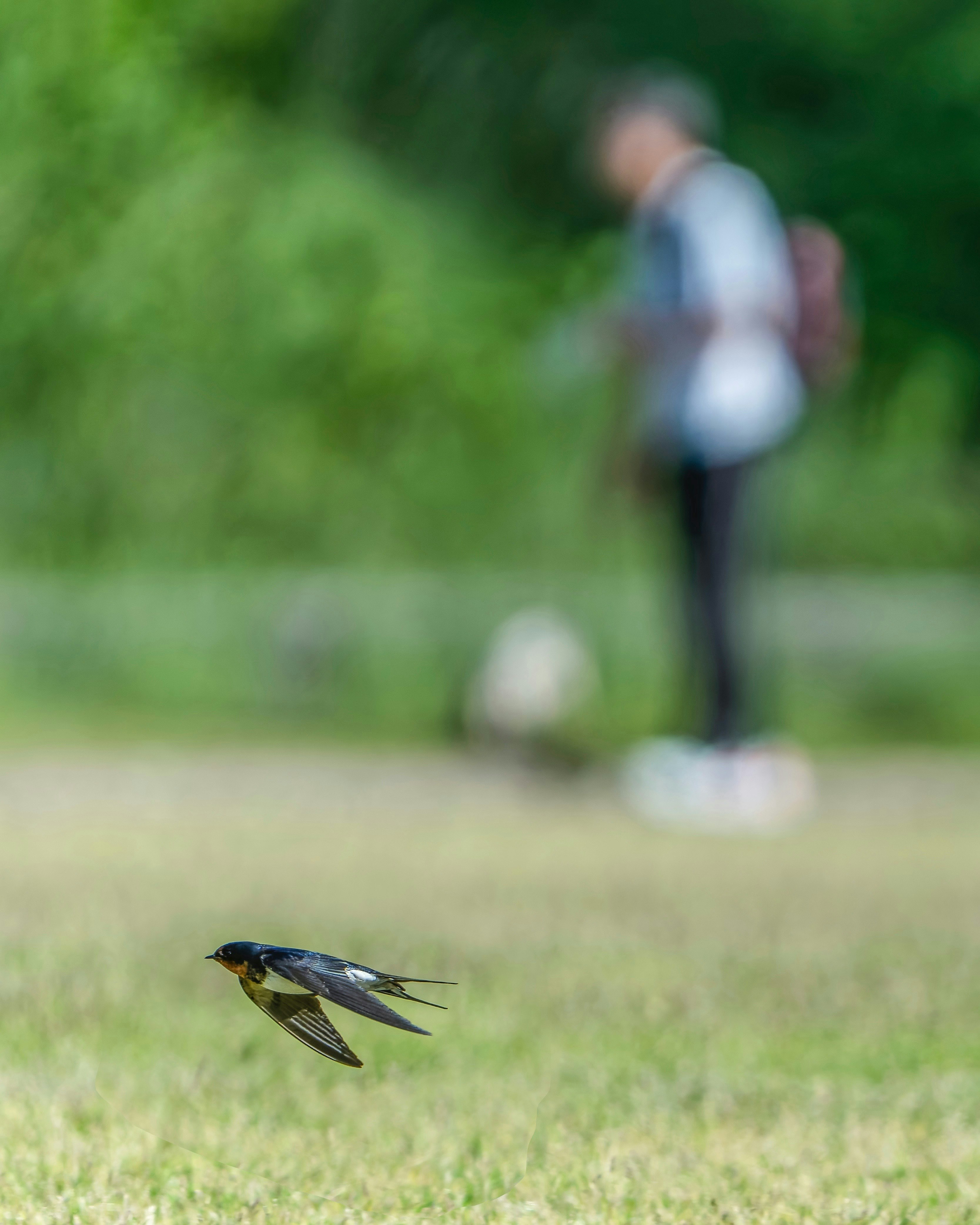
Cover photo by RYUURI
HDR (High Dynamic Range) photography is a technique that can more realistically express the contrast between light and dark in photos. Previously, we explained the differences between HDR and SDR, but this time we focus on specific shooting methods and effective usage scenes.
By using HDR appropriately, you can suppress overexposure and underexposure, capturing more natural and immersive photos. Utilize the HDR function available in DSLRs, mirrorless cameras, and even smartphones to expand your shooting range.
Mechanism and Basic Settings of HDR Photography
HDR photography is a technique that achieves a wide dynamic range by combining multiple photos taken at different exposures. Typically, three or more photos with varying exposures are taken and automatically combined to balance the details in dark areas and the gradation in bright areas. This technology allows you to obtain images with a light and dark balance close to what you see with your eyes.
The method of setting HDR varies depending on the type of camera.
- DSLR and Mirrorless Cameras: Turning on HDR mode will automatically shoot multiple exposures and combine them. Some cameras allow you to adjust the exposure difference and the intensity of the combination.
- Smartphones: Recent smartphones come standard with HDR shooting capabilities, and simply turning it on will automatically apply it. Some models also allow you to adjust the intensity of HDR.

Photo by now
Proper settings and equipment selection are important for HDR photography. Especially when using DSLRs or mirrorless cameras, using a tripod can prevent misalignment during composition, creating more accurate HDR images. Additionally, by shooting in RAW data and performing HDR composition in post-processing, a more natural finish can be achieved.
Scenes Where HDR is Effective
HDR photography is particularly effective under certain conditions. In scenes like the following, using HDR can help you take more impressive photos.

Photo by Ryota
Backlit Landscape Photography
In cases where there is a strong light source in the background, such as sunsets or sunrises, normal shooting may result in loss of sky details or darkened foregrounds. By using HDR, you can preserve the beautiful gradient of the sky while clearly depicting the details of the foreground.
Shooting Indoors and Outdoors Simultaneously
When shooting a scene from inside a room looking out a window, normal exposure may result in either the indoor or outdoor scene being overexposed or underexposed. HDR allows you to beautifully capture both the dark indoor areas and the bright outdoor scenery simultaneously.
Nightscape and Illumination Photography
In nightscape photography where strong light sources are scattered in the darkness, normal shooting may easily lead to overexposure of lights and loss of details in dark areas. By utilizing HDR, you can capture neon lights and illuminated buildings more vividly.
Cloudy Skies and Water Reflections
When shooting cloudy skies or watersides, the contrast between light and dark becomes significant, so using HDR can beautifully express the texture of the sky and the reflections on the water. Especially in ocean or lake photography, you can more realistically depict the movement of waves and the transparency of water.
Scenes to Avoid HDR Photography
HDR is not a universal shooting technique and there are scenes where it is not suitable. In the following scenes, the normal shooting mode may result in a more natural finish.

Photo by decomp3104
Moving Subjects
Since HDR combines multiple images, if the subject is moving, blur or ghosting (overlapping shadows) may occur. In sports or animal photography, it is safer to turn off HDR and prioritize shutter speed.
Vividly Colored Subjects
In photos where color expression is important, such as flowers or food, using HDR can suppress color contrast and make the image look unnatural. Particularly, vibrant colors like red or yellow may appear dull due to HDR, so caution is needed.
When Emphasizing Contrast
For silhouette photos or those utilizing dramatic shadows, not using HDR is more effective. HDR equalizes contrast, which can be counterproductive in photos requiring strong contrast.
Skillfully Utilizing HDR Function
HDR photography is a powerful tool that excels in scenes with significant contrast. In backlit landscapes, nightscapes, and mixed lighting environments, utilizing HDR can help you capture clearer and more immersive photos. However, in scenes with moving subjects or where color is crucial, it may be better to avoid HDR.
The key is not to use HDR in every scene, but to apply it appropriately according to the situation. Understand the characteristics of HDR and skillfully incorporate it into your shooting style.




